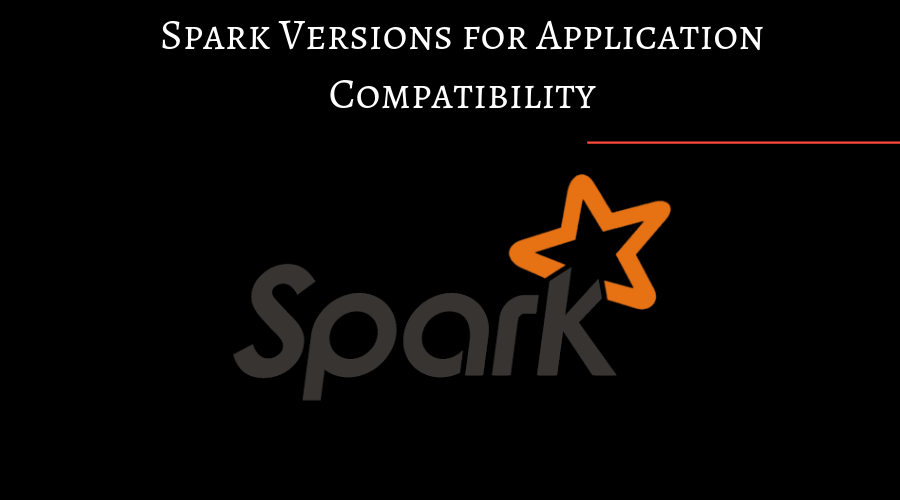- mvn - Pspark-1.6 clean accumulate
- mvn - Pspark-2.1 clean accumulate

Spark is an Apache undertaking publicized as "extremely quick group figuring". It has a flourishing open-source network and is the most dynamic Apache venture right now. Spark gives a quicker and increasingly broad information handling stage. Spark gives you a chance to run projects up to 100x quicker in memory, or 10x quicker on circle, than Hadoop.
A year ago, Spark took over Hadoop by finishing the 100 TB Daytona GraySort challenge 3x quicker on one tenth the quantity of machines and it additionally turned into the quickest open source motor for arranging a petabyte. As of late spark rendition 2.1 was discharged and there is a critical contrast between the 2 forms. Spark 1.6 has DataFrame and SparkContext while 2.1 has Dataset and SparkSession. The inquiry emerges how to compose code with the goal that both the variants of spark are upheld. Luckily experts give the component of structure to your application with various profiles.
This context will get to know how to make your application perfect with various spark renditions. Gives begin by making a vacant expert a chance to extend. You can utilize the expert model quickstart for setting up your undertaking.
Models give an essential format to your venture and experts have a rich gathering of these layouts for every one of your needs. When the venture arrangement is done we have to make 3 modules. Lets name them center, sparkle and spark2 and set the ancient rarity id of every module to their separate names. For spark modules the antiquity id ought to be spark.
For instance spark2 module would have relic id as spark 2.1.0. Spark module would contain the code for sparkle 1.6 and spark2 would contain the code for flash 2.1.
Begin by making profiles for the 2 spark modules like this in the parent pom:
Expel both the spark passages from the tag in parent pom.Check the profiles by running the accompanying expert order
You can see that the line adaptation explicit module is incorporated into the work in the Reactor outline. This will take care of our concern of how to deal with DataFrame and Dataset.
Lets begin composing code by making a class SparkUtil in both the spark modules.
Spark module (1.6.0)
Spark module (2.1.0)
We can do something very similar when making SparkContext and SparkSession in Spark 1.6 and 2.1 individually.
Spark module (1.6.0)
Spark module (2.1.0)
We should simply call the sql strategy for the SessionManager class and pass the outcome i.e DataFrame or Dataset to the SparkUtil.
We can utilize the SessionManager class to run our inquiries. To do this we need to put a reliance for our spark module in the center module.
We had before characterized the antiquity id of the spark modules with their spark adaptation. This would help us tie the xmp defined flash module dependent on the variant given by the profiles.
xmpsently our sparkle application can deal with both the versions of spark proficiently.
To aggregate up, Apache spark services improve the difficult and computationally serious undertaking of handling high volumes of ongoing or filed information, both organized and unstructured, consistently coordinating pertinent complex capacities, for example, machine learning and chart calculations. Spark brings Big Data handling to the majority.



